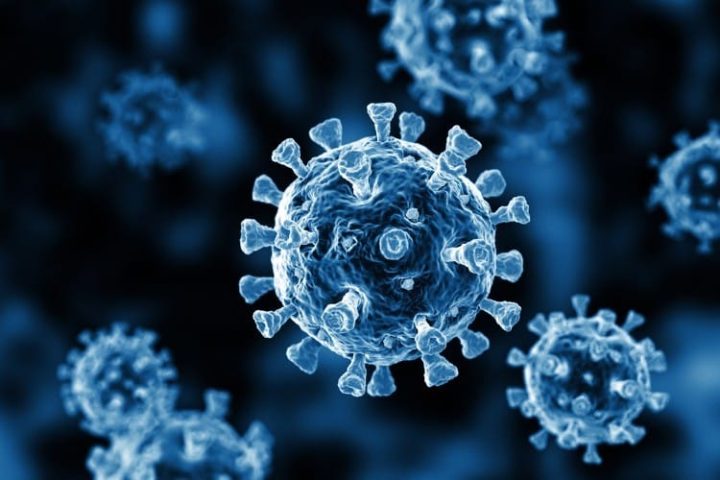
Nearly three-fourths of COVID-19 cases associated with recent public events in a Massachusetts town — and four-fifths of hospitalizations — occurred in fully vaccinated individuals, according to a Centers for Disease Control and Prevention (CDC) report released Friday.
“During July 3–17, 2021,” wrote the CDC, “multiple summer events and large public gatherings were held in a town in Barnstable County, Massachusetts, that attracted thousands of tourists from across the United States.” (NBC News named Provincetown as the locale.) About halfway through the period, the Massachusetts Department of Health began noticing an uptick in the COVID-19 cases among people who either live in or had recently visited Provincetown. By July 17, the 14-day average COVID-19 incidence among Provincetown residents reached 177 cases per 100,000 persons, up from zero on July 3.
Here is where it gets interesting. Of the 469 cases of COVID-19 infection associated with the Provincetown events, 74 percent occurred in individuals who had received all the required doses of their chosen vaccine. At the time, only 69 percent of eligible Bay Staters had been vaccinated; nationally, as of this writing, about 57 percent of the population has accepted The Jab.
While the vaccines are supposed to minimize the symptoms of COVID-19, 79 percent of vaccinated people who caught the virus in Provincetown “reported signs or symptoms, with the most common being cough, headache, sore throat, myalgia [muscular pain], and fever,” the CDC noted.
When it comes to hospitalizations, things look even worse for vaccine proponents. Of the five Provincetown-related cases who were hospitalized, only one was unvaccinated; that individual was in his 50s “and had multiple underlying medical conditions,” penned the CDC. The others ranged in age from 20 to 70; two of them also had underlying conditions. Fortunately, none of the five patients died.
Evidence suggests that all, or almost all, of the new infections were of the Delta variant of COVID-19.
Also, the reverse transcription-polymerase chain reaction (RT-PCR) tests used to detect the virus all had roughly the same cycle threshold, which was in the low 20s. This threshold, which indicates how many times the amount of virus in the sample had to be amplified in order to be detected, was low enough that the results are probably an accurate assessment of whether patients did or did not have the virus — something that could not be said for the tests being carried out last year. The fact that the virus could be detected in both vaccinated and unvaccinated patients with the same number of cycles “might mean” that their viral load “is also similar,” observed the CDC. “However,” it added, “microbiological studies are required to confirm these findings.”
Based on the results of the Provincetown study, then, it appears that the vaccines were ineffective in preventing people from catching COVID-19, including the Delta variant, or from developing symptoms, including ones severe enough to require hospitalization. And what of the fact that at least one of the vaccinated patients who was hospitalized was 20 years old and two had no underlying medical conditions? These individuals should have been less susceptible to the virus even without a vaccine, yet they ended up in the hospital. The similar viral loads (NBC, in a since-cleansed article, actually claimed viral loads are higher in vaccinated people) are also a concern because they could mean the vaccines are causing the virus to become more infectious in vaccinated individuals than it otherwise would be, a situation that, during previous viral outbreaks, has led to more deaths among the vaccinated than among the unvaccinated, according to Dr. Robert Malone, the chief inventor of mRNA technology.
In its report, the CDC cautioned against drawing any conclusions from the Provincetown data because it is “insufficient.” Yet in the same paper, the agency recommended that local governments impose indoor mask mandates even where COVID-19 transmission rates are low — never mind the fact that there is insufficient evidence to suggest that masks are effective in preventing transmission. Indeed, most COVID-19 pronouncements from the CDC and other health agencies have been based on scant evidence.
So feel free to draw whatever conclusions you like from the CDC’s report. You’ll be practicing science at least as well as those bureaucrats.



